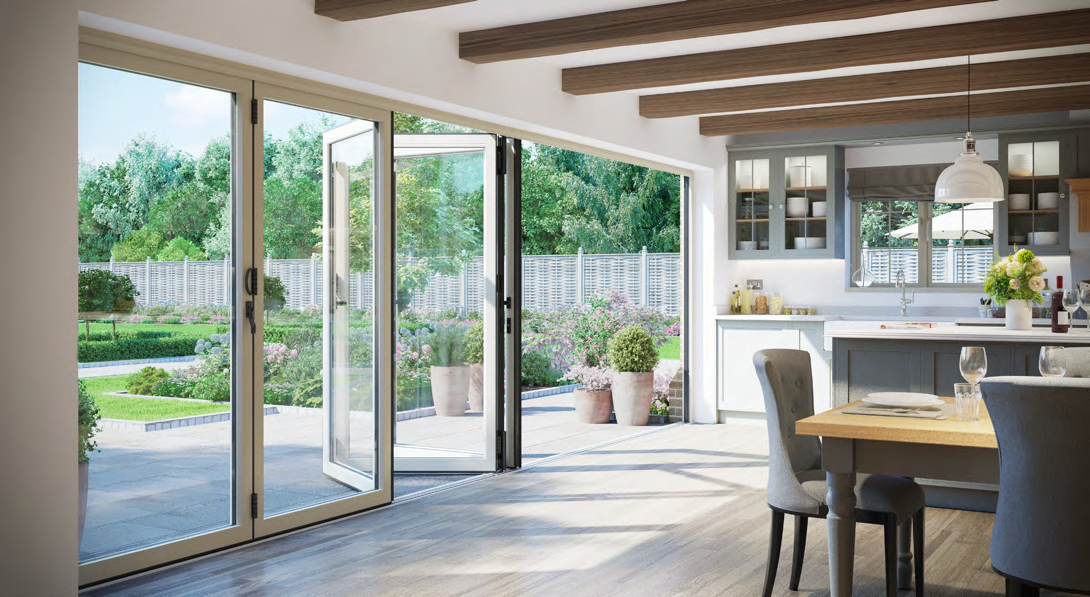The 9 Things Your Parents Taught You About Residential Window Installa…
페이지 정보
작성자 LF 작성일25-08-24 11:01 (수정:25-08-24 11:01)관련링크
본문
The Comprehensive Guide to Residential Window Installation
Windows are more than just openings in the walls; they play a vital function in the aesthetics, energy performance, and convenience of a home. Whether you're replacing old windows or setting up new ones, comprehending the ins and outs of residential window installation is essential for property owners. This short article offers a thorough introduction, consisting of kinds of windows, the installation procedure, costs, and often asked concerns.

Kinds Of Residential Windows
Before diving into the installation procedure, it is crucial to comprehend the types of windows available. Each type uses distinct benefits, features, and styles. Here are a few typical kinds of residential windows:
| Type | Description | Benefits |
|---|---|---|
| Single-Hung Windows | Features a fixed upper sash with a movable lower sash. | Cost-efficient and simple to operate. |
| Double-Hung Windows | Both sashes are operable, enabling flexibility in ventilation. | Enhanced air flow and easy cleansing options. |
| Casement Windows | Hinged at the side and opens outward, providing exceptional ventilation. | Great energy effectiveness and unblocked views. |
| Sliding Windows | Functions 2 or more sashes that move horizontally. | Easy to open and close, ideal for larger spaces. |
| Awning Windows | Hinged on top and opens outside, permitting for ventilation even in rain. | Safeguards interior from rain while enabling air flow. |
| Bay and Bow Windows | Extends external from the home, developing a nook and enhancing aesthetics. | Adds area, light, and visual interest. |
Comprehending these varieties will make it simpler to choose windows that satisfy both energy effectiveness and aesthetic requirements.

The Installation Process
Installing windows in a residential setting includes numerous actions. Here's a comprehensive overview:
1. Preparation
- Measure Window Openings: Accurate measurements are essential to make sure the new windows fit properly.
- Select the Right Windows: Select window types and designs that match the home's architecture and fulfill performance needs.
2. Elimination of Old Windows
- Eliminate Interior Trim: Gently pry off the trim around the window to expose the frame.
- Detach the Window Sashes: If appropriate, eliminate the sashes by cutting away any caulking or paint seals.
- Get rid of the Frame: Cut through fasteners holding the window frame, then thoroughly remove the entire system.
3. Preparation of the Opening
- Inspect and Repair: Check for any damage to the surrounding wall or structure and repair as essential.
- Add Insulation: Install insulation to improve energy effectiveness and minimize drafts.
4. Installing the New Window
- Position the Window: Place the new window into the opening, guaranteeing it is level and square.
- Secure the Window: Anchor the Window Contractors in location using screws or nails.
- Examine for Proper Operation: Before sealing, check the window to guarantee it opens and closes easily.
5. Sealing and Finishing
- Insulate and Fill Gaps: Use foam insulation to fill gaps between the window frame and the wall.
- Caulk: Apply outside caulk around the border of the window to seal versus water seepage.
- Reinstall Trim: Once whatever is safe and dry, re-install the interior trim to finish the look.
6. Last Inspection
- Ensure that all installations are functional, and perform a last check for spaces or drafts.
Cost Considerations
The cost of residential window installation can differ commonly based on a series of elements consisting of window type, size, labor charges, and product options. Here is a simplified breakdown of potential costs:
| Type of Window | Typical Cost (Including Installation) |
|---|---|
| Single-Hung | ₤ 300 - ₤ 700 |
| Double-Hung | ₤ 400 - ₤ 800 |
| Casement | ₤ 500 - ₤ 1,000 |
| Sliding | ₤ 300 - ₤ 900 |
| Bay and Bow | ₤ 1,000 - ₤ 3,000 |
Aspects Affecting Costs
- Product: Vinyl windows are usually less pricey than wood or fiberglass options.
- Window Features: Custom sizes, energy-efficient glazing, and extra features will increase cost.
- Professional vs. DIY: Hiring professionals can assure quality but might add substantially to costs.
Regularly Asked Questions (FAQs)
1. What is the Best Aluminium Window Installers time to install windows?
- Spring and early fall are ideal for window installation due to the fact that of moderate temperatures and lower humidity, which guarantee optimum conditions for sealing and treating products.
2. Can I install windows myself?
- While experienced DIY house owners can manage installation, employing a professional ensures appropriate installation and service warranty defense.
3. How do I maintain my windows after installation?
- Regular check-ups, cleaning tracks, using appropriate window cleaners, and examining for drafts can lengthen the life-span of your windows.
4. What are energy-efficient windows?
- Energy-efficient windows feature products and technologies designed to minimize heat transfer and lower energy costs. Look for ENERGY STAR ratings for guarantee.
5. How long does window installation take?
- Installing a standard-sized Expert Window Installers normally takes 30 minutes to an hour. Bigger projects might take a complete day or more, specifically for numerous windows.
Understanding the complexities of Residential Window Installation (Https://Git.Reinoud.Cloud) can assist property owners make informed decisions, ensuring their homes remain comfy, energy-efficient, and visually enticing. Whether choosing for professional services or embarking on a DIY project, appropriate planning and execution will significantly improve the home's general value and function. Picking the ideal type of windows, following a methodical installation process, and considering long-term maintenance will cause long lasting advantages for any property owner.
댓글목록
등록된 댓글이 없습니다.

